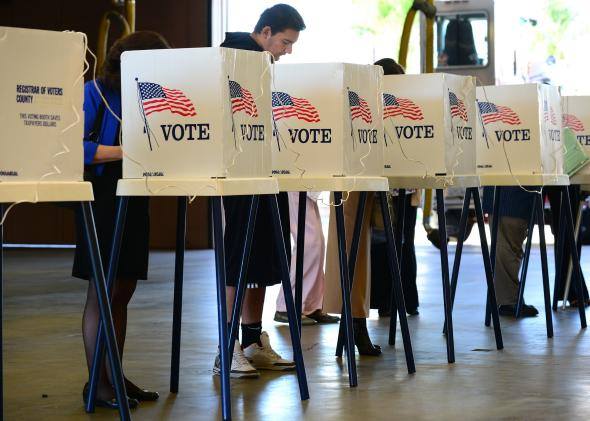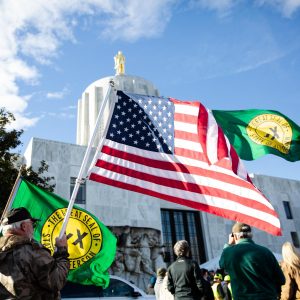
The 2014 midterm election represented a new low for California politics.
With a record-low 42% voter turnout, political involvement in California looked dim. The cynical adage of millennial political apathy seemed to ring true, and alarmingly so—only 52% of eligible youth from ages 18-24 were registered to vote. Low congressional job approval ratings—14% according to Gallup’s 2013 poll—only discouraged voter participation. As confidence in political efficacy dropped, the costs of going out of one’s way to fill out a ballot began to outweigh the benefits.
California lawmakers responded. Hoping to not have a repeat of the turnout, or lackthereof, as seen from the 2014 midterm for future elections, state policymakers collaborated to form legislation that would ensure that voters will go to the polls. Under the leadership of Assemblywoman Lorena Gonzalez of the 80th District, they went to work.
The end result was a new voter registration bill. Assembly Bill 1461 establishes that any citizen who goes to the DMV to obtain or renew a driver’s license or identification card will be automatically registered to vote, if they are not already. As a result, the bill has been nicknamed the “New Motor Voter Act.”
Following Governor Brown’s approval of the bill, California effectively became the second state after Oregon to successfully enact motor voter legislation. The bill is set to go into effect starting January 1 of the coming year.
The bill has been praised by state lawmakers and activists as being a crucial catalyst for increasing voter participation. It has also been particularly observed that the bill has essentially eliminated the need for mail-in and physical registration, which previously had been barriers to potential voters, according to the office of Assemblywoman Gonzalez.
Yet, for every supporter of the bill there was an equally wary opponent. Though the bill passed both floors of the legislature, it did not pass without a struggle. On the senate floor, 15 opponents, a majority of them Republican, voted no on the bill; a similar predominantly Republican opposition took hold on the assembly floor, with 26 no votes against 52 aye votes. Much of the opposition’s reluctance lies in the belief that the bill will encourage voter fraud. But where would the voter fraud come from, and why was the bill a no-go for the opposition?
In order to answer this question, it is necessary to go back to 2013 when Governor Brown approved Assembly Bill 60, a piece of legislation that made it possible for any person residing in California eligible to receive a driver’s license, regardless of their immigration status. When time came to vote on the Motor Voter Bill two years later, Republican lawmakers threw up the red flag. Opposition lawmakers believed that the new bill would register undocumented immigrants. Part of the reluctance towards to this aspect of the bill was addressed by Secretary Padilla, who stated that AB60 driver’s license holders would not be registered to vote.
The new bill still fails to account for the people who don’t own a driver’s license or any state registration, for that matter. The American Civil Liberties Union reports that 11% of American citizens lack photo ID, most of whom are African Americans, and people with disabilities. In election cycles, the aforementioned groups, primarily disabled persons, are among the ones that have the lowest turnout rates.
Even with the altruistic mission California’s motor voter bill places before itself, the issue of accessibility still lingers. According to a study done by Rutgers University, the general trend is that disabled persons are registered at 2.3 percentage points behind non-disabled persons; if this gap were closed, then 3.0 million disabled persons would be registered to vote. With this in mind, California’s Motor Voter Act must ensure that in the act of attempting to mass register voters that it does not compromise itself by accidentally alienating groups.
The hope is that the New Motor Voter Act will successfully achieve the goal of increasing voter turnout. Secretary of State Alex Padilla certainly believes that it will when he stated that the bill “will make our democracy stronger by removing a key barrier to voting for millions of California citizens.” Through the use of VoteCal, a brand-new database that will compile voter information, the state government will have the capacity to enroll the 6.6 million California citizens currently unregistered to vote. The first series of registrations is set to occur in early summer 2016, when VoteCal will go into operation.
Among the criticisms voiced against the bill is that while it registers voters, it doesn’t make voting compulsory and cannot directly compel voters to go to the polls. No causal relationship has been drawn between automatic registration and voter turnout, and because of that, the bill may end up being an exercise in futility.






Be First to Comment